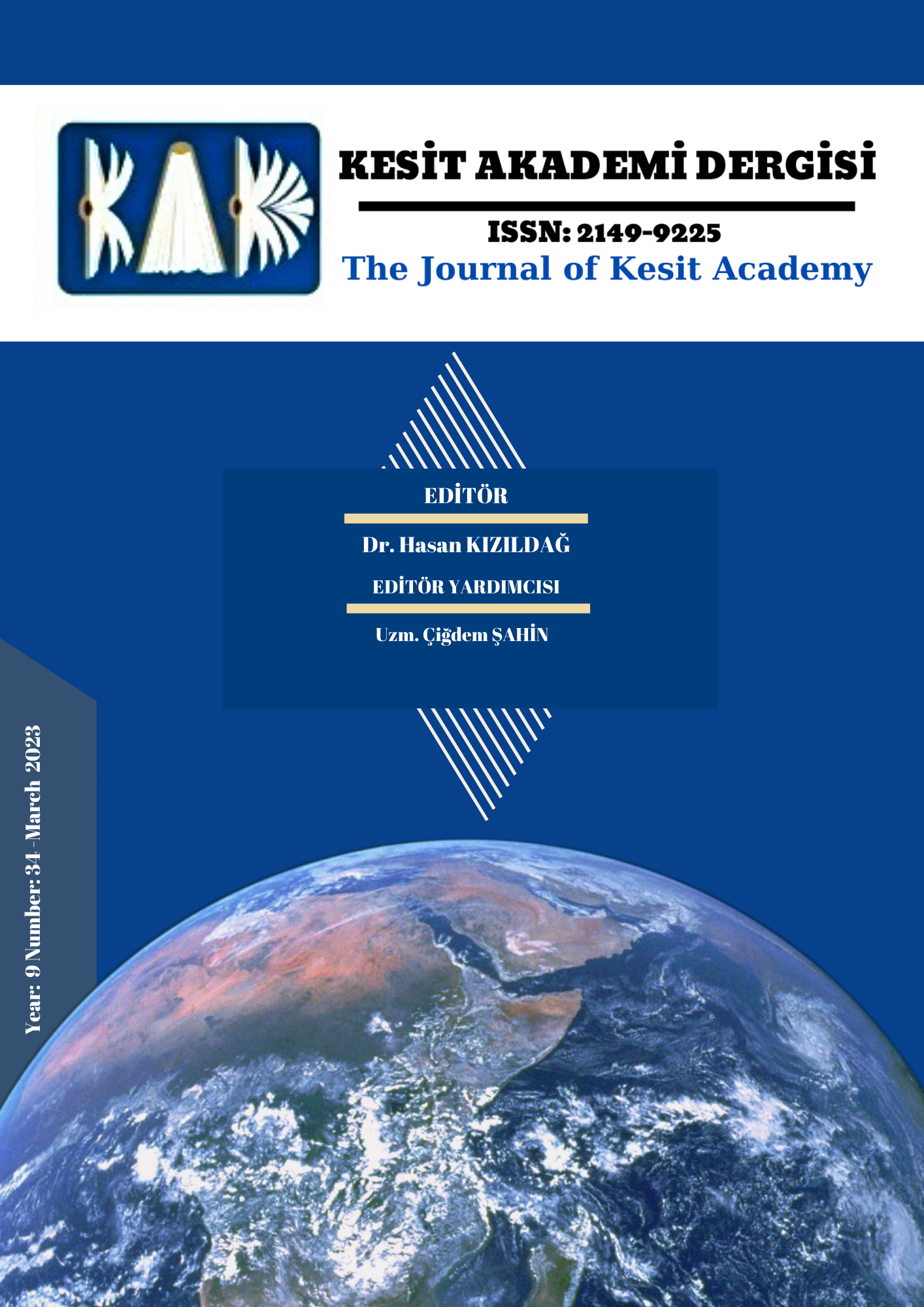Author :
Abstract
Genel bir çerçevede tarihi kentlerin kentsel açık mekânları yaşadıkları sosyo-kültürel, siyasal ve çevresel değişimlerin izlerini bünyelerinde taşırlar. Kentsel açık mekânlarda yaşanan değişimler, kentsel veya çevresel değişimlere uyum sağlayıp ve yaşamlarını devam ettirmekte ayakta kalan en iyi uygulamalar olarak kabul edilebilirler. Kentler doğal ve yapay ögelerin bir arada olmasından ortaya çıkarlar. Kentler canlı varlıklar gibi yaşam, gelişim ve ölüm dönemlerine sahiptiler. Tarih boyunca kentlerin yaşamında değişmeyen konu var olan mimari, kentsel açık mekân özellikleri ve kültürün aktarılmasıdır. Kent kimliği ve kentsel imge olgusu, görsel boyutta ön plana çıkan mimari, doğal, coğrafi, kültürel ürünler ve sosyal yaşam normlarını kapsayan çok geniş bir tanımı içermektedir. Kent kimliğini kapsayan kentsel imgeler, kentsel açık mekânda uzun bir süreç içinde oluşmaktadırlar. Tarihî köprüler bir medeniyetin teknik yeterliliği ve mühendislik becerilerindeki ilerlemenin göstergesidir. Ayrıca o kentin ekonomik potansiyelinin sembolü olarak da tanımlanırlar. Dolayısıyla tarihi kentlerde köprüler kenti önemli alt yapı elemanı olarak tanımlanırlar ve öte yandan kentsel açık mekân biçimlenmesi ve kentsel imge üzerinde etkilidirler. Köprüler kent dokusunda bir mimari yapıtı olarak, geçiş noktası, sanat, bilim, ticari sembol, seyir noktası, düğüm noktası olarak okunabilirliği sağlayan ögeler tanımlanırlar. Köprüler yer aldıkları bölgede bir işaret noktası ve bir düğüm noktası oluştururlar.
Keywords
Abstract
In a general framework, the urban open spaces of historical cities carry traces of the sociocultural, political, and environmental changes they live in. Changes experienced in urban open spaces can be considered as the best practices that survive in adapting to urban or environmental changes and sustaining their lives. Cities arise from the combination of natural and artificial elements. Cities, like living beings, had periods of life, development, and death. The subject that has not changed in the life of cities throughout history is the transfer of existing architecture, urban open space characteristics, and culture. The concept of urban identity and the urban image includes a very broad definition that includes architectural, natural, geographical, cultural products, and social life norms that come to the forefront in the visual dimension. Urban images covering urban identity are formed in the urban open space over a long period. Historical bridges are an indication of a civilization's technical proficiency and progress in engineering skills. They are also defined as the symbol of the economic potential of that city. Therefore, in historical cities, bridges are defined as important infrastructure elements of the city, and on the other hand, they are effective in urban open space formation and urban image. Bridges, as an architectural work in the urban fabric, are defined as elements that provide readability as a crossing point, art, science, commercial symbol, viewing point, and nodal point. Bridges form a landmark and a node in the region where they are located.
